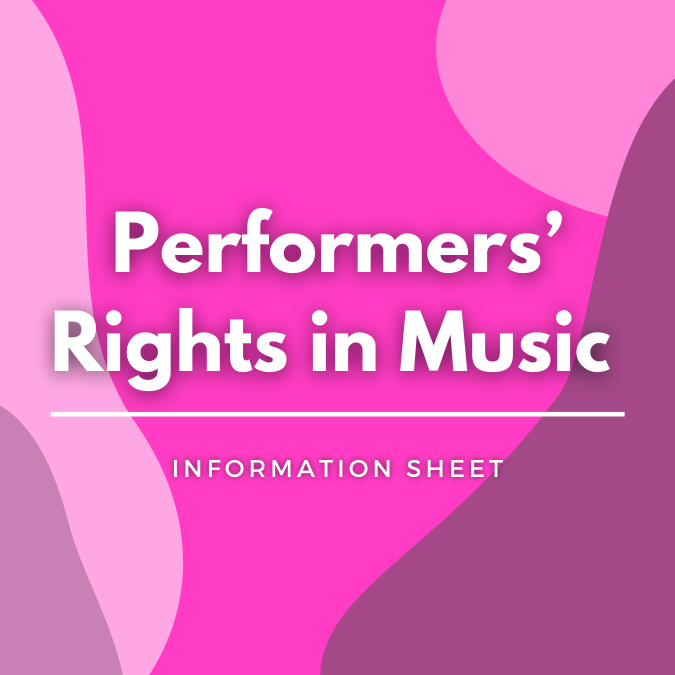Certificates of Authenticity
Authenticity of Indigenous artwork
Authentic Indigenous artwork is artwork that has been made by an Aboriginal or Torres Strait Islander person. The authenticity of an Indigenous artwork is important not only for ethical and legal reasons but because it has significant value in the art market. The problem facing Aboriginal and Torres Strait Islander artists and communities is how to protect authentic artwork from rip offs made by non-Indigenous people, this is often called “fake” or inauthentic art. Inauthentic art can also refer to artwork created by an Aboriginal or Torres Strait Islander person without proper regard to customary laws.
If fake Aboriginal or Torres Strait Islander artworks are sold, e.g. online or on merchandise or souvenirs, there are a number of negative outcomes:
- The profits from these sales do not go to an Aboriginal or Torres Strait Islander artist or community
- The perception of the quality of Aboriginal and Torres Strait Islander products can be impacted.
- They can damage the reputation of the artist whose work has been copied and risk offending Indigenous Cultural and Intellectual Property (ICIP).
There are a number of systems that have been developed to try to overcome this problem. One solution is to have a Certificate of Authenticity.
What is a Certificate of Authenticity?
A Certificate of Authenticity is a record of an artwork and its creator to ensure that it is an authentic artwork made by an Aboriginal or Torres Strait Islander person. It is the ‘cultural provenance of a work’.
For more information about authenticity in Aboriginal and Torres Strait Islander artworks see Creative Australia’s Protocols for using First Nations Cultural and Intellectual Property in the Arts.
There is currently no mandatory system regulating how to authenticate works of art made by an Aboriginal or Torres Strait Islander person or group. Individual artists and organisations have created their own certificates of authenticity that are attached to their art. Most Aboriginal and Torres Strait Islander art centres supply certificates for artworks created by their members.
Certificates of authenticity usually include the artist’s name, year of birth, artwork name, size, medium and a photograph of the artist and of the artwork. They will often include a story about the artwork.
Problems that have arisen with certificates include:
- They do not guarantee that the work is authentic.
- There has been misuse of certificates by commercial galleries which have attached inaccurate certificates.
- They can be created by anyone.
There is currently no regulatory that can make sure that certificates are authentic. But there are some things you can do, like contacting an art centre or looking for a “code certificate”.
What is a ‘Code Certificate’?
The Indigenous Art Code (the Code) is a voluntary code of ethical behaviour for art dealers, galleries and art centres selling Aboriginal or Torres Strait Islander art.
One of the requirements for dealers who agree to sign up to the Code is that any dealer who acts as an agent for an Aboriginal or Torres Strait Islander artist must provide a signed Code Certificate with the sale of artwork. This applies to all sales over $250 and must include:
- That it is an ‘Indigenous Art Code Certificate’.
- The name of the artist or artists who created the artwork.
- Where and when the artwork was created.
- Artwork’s size and medium, and the title given to the artwork by the artist.
- The identity of the dealer and confirmation that they are ‘Signatory to the Indigenous Art Code’.
- The dealer’s signed declaration confirming the accuracy of the information in the Code Certificate.
The Code Certificate can accompany the artwork every time it is sold or resold. It is intended to be an ongoing statement about the provenance and authenticity of the work. It is a breach of the Code for a dealer to supply a certificate which is not legitimate.
This system helps create an objective standard for authenticating genuine Aboriginal and Torres Strait Islander artworks and also makes it easy to identify artworks created by artists who have been treated fairly.
The Indigenous Art Code website provides resources explaining the role of the Code in ensuring honest and ethical conduct by dealers and artists.
For more information on the Code see Arts Law’s Information Sheet on the Indigenous Art Code.
What can I do if I think I have bought an artwork that is not authentic?
If you buy an artwork that has a certificate or statement of authenticity attached to it and you later find out that the work is fake, you can take legal action against the person who supplied the certificate.
Legal claims you could bring:
- Misleading and deceptive conduct under the federal Australian Consumer Law on the basis that the seller incorrectly described the goods sold to the purchaser. For example, if a label is attached to a work made by a non-Indigenous person stating that the work is authentic Indigenous art, the Australian Competition and Consumer Commission and the purchaser of the artwork can take court action against the person or business that attached the label or sold the work as authentic Indigenous art.
- Breach of contract on the basis that the agreement between the seller and the purchaser was not honoured because the purchaser paid for authentic Indigenous art and received something else.
- Passing off which applies when the seller has falsely attributed a work to a well-known Aboriginal or Torres Strait Islander artist whose reputation is then damaged by the art market believing that he or she has created inferior quality works. The artist could bring an action against the person or business for misrepresenting that the artworks were created by that artist.
- Where the false certificate purports to be a Code Certificate, the dealer can be reported to the Directors administering the Code who may then impose sanctions on that dealer.
What are the options for the future?
Following the Fake Art Harms culture campaign run by Arts Law, the Indigenous Art Code and Copyright Agency, the federal government has looked into recommendations that there be a mandatory labelling scheme for inauthentic products. The government has announced it will introduce legislation later in 2024 to protect Aboriginal and Torres Strait Islander art from fake products. This may include some changes to how certificates of authenticity are regulated.
Find out more about the Fake Arts Harms Culture campaign.
Some possibilities include:
- The introduction of a national system where an authorised body issues certificates of authenticity. Before issuing the certificate, the authorised body must make sure that the artwork meets certain requirements to make sure it is authentic.
- Laws that make the principles in the Code a mandatory code of practice for dealers operating in the Indigenous art industry. This could mean that the use of Code Certificates would become mandatory, and penalties would be imposed for issuing false certificates.
- Changes could be made to the Trade Marks Act to establish a system that recognises and protects ICIP. This is similar to the system in New Zealand.
© Arts Law Centre of Australia 2010, last reviewed 2024
Disclaimer
The information in this information sheet is general. It does not constitute, and should be not relied on as, legal advice. The Arts Law Centre of Australia (Arts Law) recommends seeking advice from a qualified lawyer on the legal issues affecting you before acting on any legal matter.
While Arts Law tries to ensure that the content of this information sheet is accurate, adequate or complete, it does not represent or warrant its accuracy, adequacy or completeness. Arts Law is not responsible for any loss suffered as a result of or in relation to the use of this information sheet. To the extent permitted by law, Arts Law excludes any liability, including any liability for negligence, for any loss, including indirect or consequential damages arising from or in relation to the use of this information sheet.
© Arts Law Centre of Australia
You may photocopy this information sheet for a non-profit purpose, provided you copy all of it, and you do not alter it in any way. Check you have the most recent version by contacting us on (02) 9356 2566 or tollfree outside Sydney on 1800 221 457.
The Arts Law Centre of Australia has been assisted by the Commonwealth Government through the Australia Council, its arts funding and advisory body.




